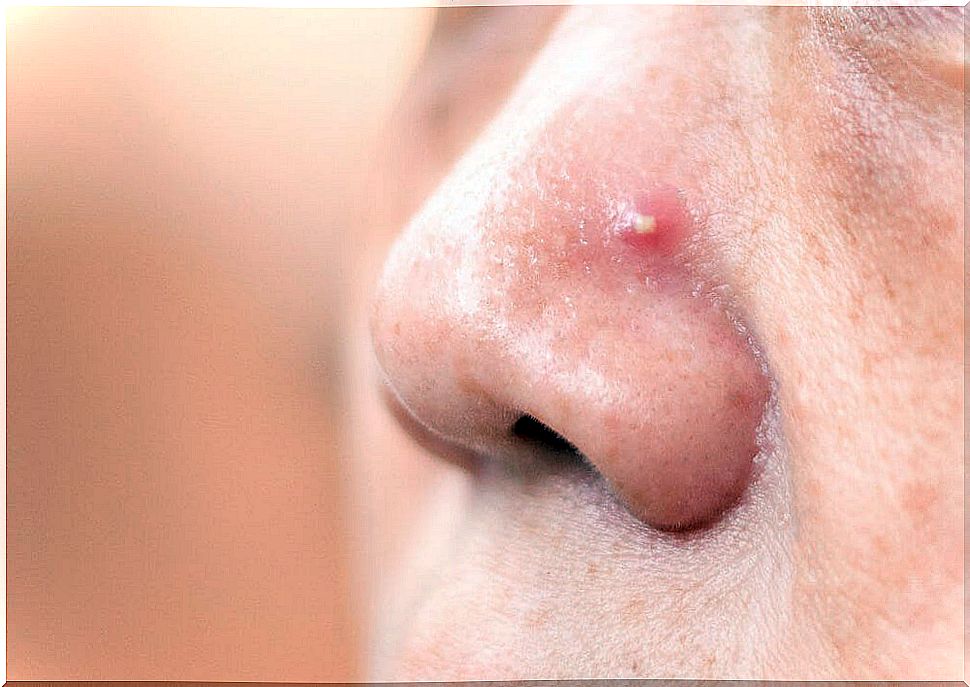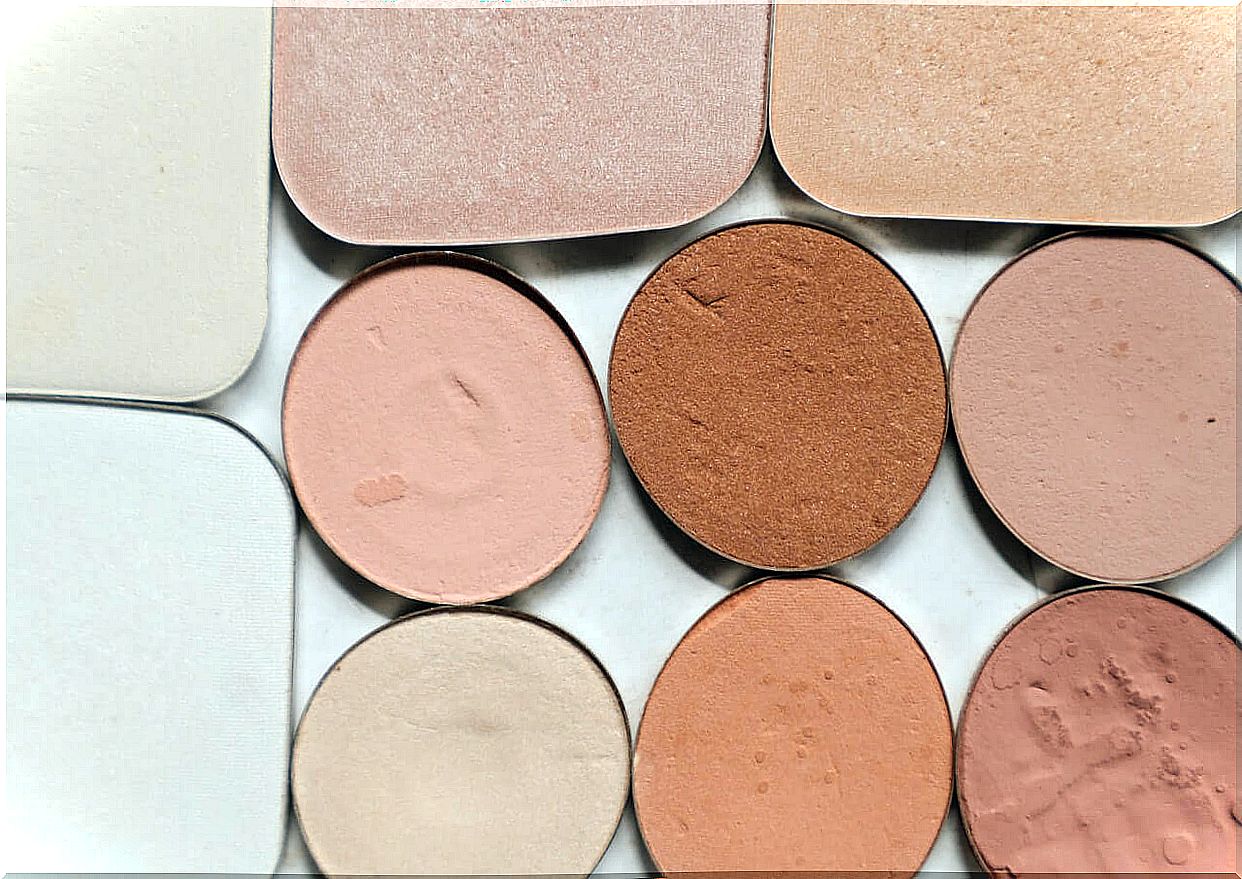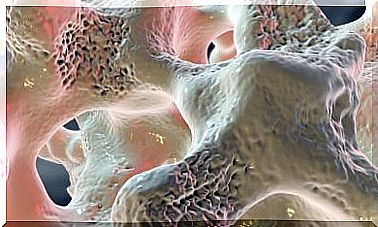What Is The Function Of The Color Corrector And How To Use It Properly?
Concealing details and highlighting the beauty of the face is simpler with a color corrector. Although simple makeup helps, sometimes insecurities arise from pimples, blemishes, scars, dark circles, redness and other obvious imperfections.
With this cosmetic you camouflage them, as you pigment parts in which an extra coverage is needed. For this, there are stick, liquid, cream or powder correctors that achieve homogeneity in the skin tone. They vary in hue and the choice depends on the result you are looking for.
What function does each color corrector have?
There is a color corrector for every situation; the secret is to select the opposite of the condition we want to cover. You will see ranges similar to your skin, lighter or darker, with which, apart from perfecting, you illuminate or contour. Other colors are known as pre-correcting ; they are used before the foundation of the makeup to even out tones.
The application begins with the preparation of the skin, which must be clean and moisturized to better assimilate the products. Spread the concealer lightly and then spread the foundation.
Do not use too much quantity, since they are manufactured with high covering capacity. You can spread it with your fingers, with sponges, with brushes or brushes. Brushes are suggested when the cosmetic is liquid or powder, while brushes and sponges work best if it is cream.
Choose the texture of the concealer to your liking. As for color, check out the following palette and learn what each one is for.

1. Green
Painting your face green is not crazy, especially since no one will see it. On the chromatic wheel, this tone faces red, so that it becomes the strongest candidate to erase it.
If you suffer from redness, have sequelae of sunburn and acne, the green color concealer hides it. In white skin, its results are favorable, especially under the nose, cheekbones, center of the forehead and around the nostrils.
Manage directly on the mark and then blend with precision so it doesn’t show. On it goes the base. When the redness is intense the trick is to match with a green primer.
2. Orange
For marked veins, bruises, spots, freckles and grayish dark circles, the orange concealer is appropriate. Blurs blue or brown undertones, common in the eye area. It is the range that goes with dark and medium skin types.
Little by little you paint until the discoloration is imperceptible. Immediately you go to the base. Don’t abuse both products; the orange concealer covers just enough and excessively, along with the foundation, thickens layers that end up cracked.
3. Yellow
They hide blackheads, light redness, purple marks, sun spots and age spots. Makeup artists recommend it to illuminate the face, although they also cover varicose veins.
It is spread in the exact area to be matched, always before the base. If you are dark-skinned, the yellow concealer serves to highlight, coupling it with a golden undertone.
4. White
Its purpose is to illuminate. Doesn’t mask blemishes, but fills in fine lines. They use it to give volume to the upper part of the cheekbone and the arch of the eyebrow.
The application guide is similar to that of other correctors: with care, without abuse and using the appropriate instruments.
5. Purple
Purple concealers balance out yellowish shadows. They nuance light tanned complexions and enhance the olive appearance.
Professional makeup artists agree that they revitalize dull tones, contributing to the warmth of the skin. The way to use it is to blur a little on the stain. It goes under the base and is valid all over the face.
6. Blue
Similar to purple, turquoise blue disguises orange or yellow flaws. They usually apply it around the eyes, on pale complexions and medium-toned skin. Its effects are pleasing when you get a little out of hand with tanning.
Put the blue concealer in the area you want, spread it and seal with the foundation.
7. Pink
The pink concealer is the right one to neutralize greenish veins, dark circles and bruises on yellow skin. Men use it to disguise the ashen look of the stubble.
Brightens the eye contour and provides lift, as well as a relaxed and healthy demeanor. Pigment the area to be concealed, expand it and complete it with the base to continue with the makeup.
8. Peach
Hides dark spots on deep-toned skin. They are a mixture of red, yellow and orange, in a way that corrects discoloration with a tendency to purple, blue or green, frequent in olive or tanned complexions. Apply with a pink primer to make your complexion look radiant.
9. Brown
They give depth to the contour of the face. Its effects are superior as long as it matches with natural concealers and highlighters. Fill a brush with the product and surround the face. Blend and continue with foundation.
10. Skin tones
They are the best known and are used in areas previously neutralized with a color. For example, you can smudge green concealer on a burn and then complete with natural concealer.
This range brightens and gives volume. The magic is to choose a tone lower than that of the skin.
Can you mix different color correctors?
The answer is yes. People with different skin conditions usually combine several shades, starting with a pre-corrector, then moving to the base and finally a natural one.
It is normal for two colors to harmonize. One possible case is that of yellowish skin with purple circles and pimples. The solution? Peach concealer under the eyes, green on the pimples and close with a foundation.

Recommendations for choosing a color corrector
Knowing the range and its effects it is easier to choose the right product for each case. However, keep the following recommendations in mind:
- When buying, consult the advisors in the store: this way you will have the alternative that best integrates with the base, the shadows, the blush and the rest of the makeup.
- Choose long-lasting: there are many brands; hence the importance of counseling.
- Check if it contains components to nourish the skin: vitamins B3, C and E are specified on the labels. The same with the contribution of collagen.
- Look for concealers that protect from the sun: they not only smooth out blemishes, but also provide a protective layer against ultraviolet (UV) rays.
Color corrector and self-esteem
The color corrector helps hide skin imperfections that influence self-esteem. It is true that makeup favors appearance, but sometimes it goes beyond aesthetics and works as a therapeutic tool. If it makes you feel good, feel free to apply this cosmetic camouflage.







